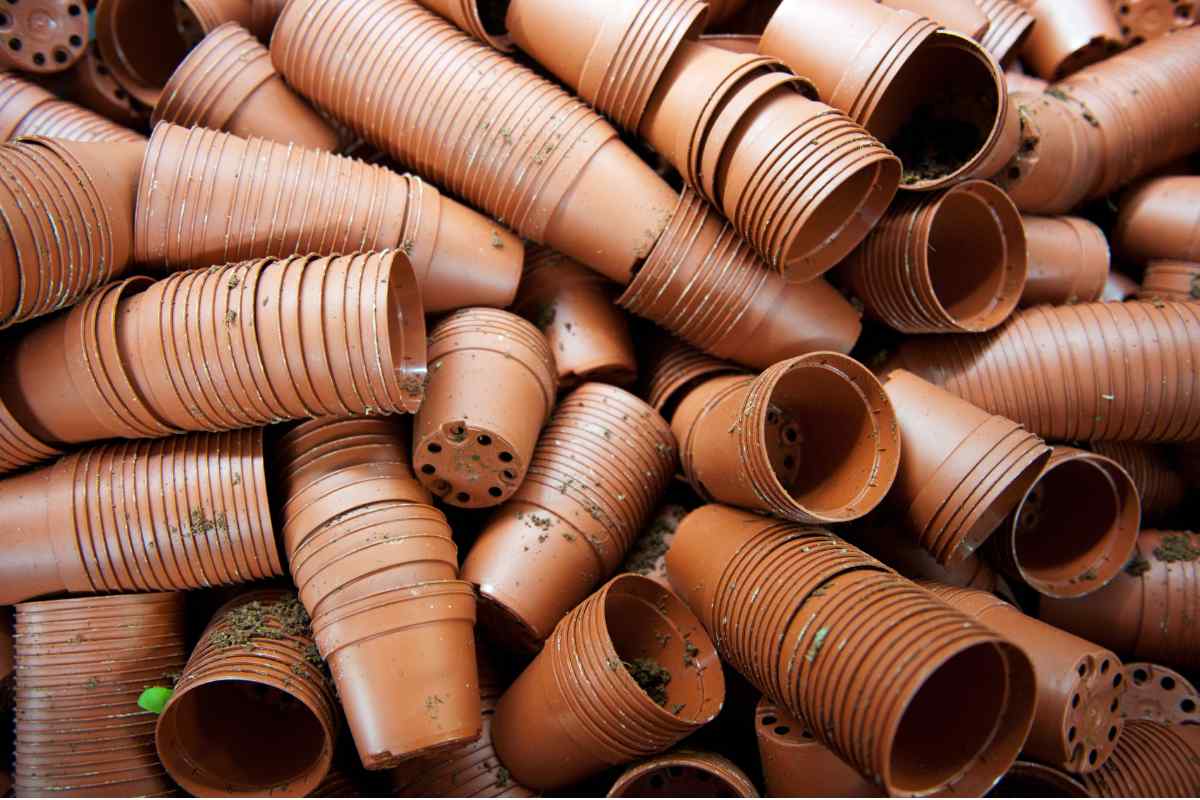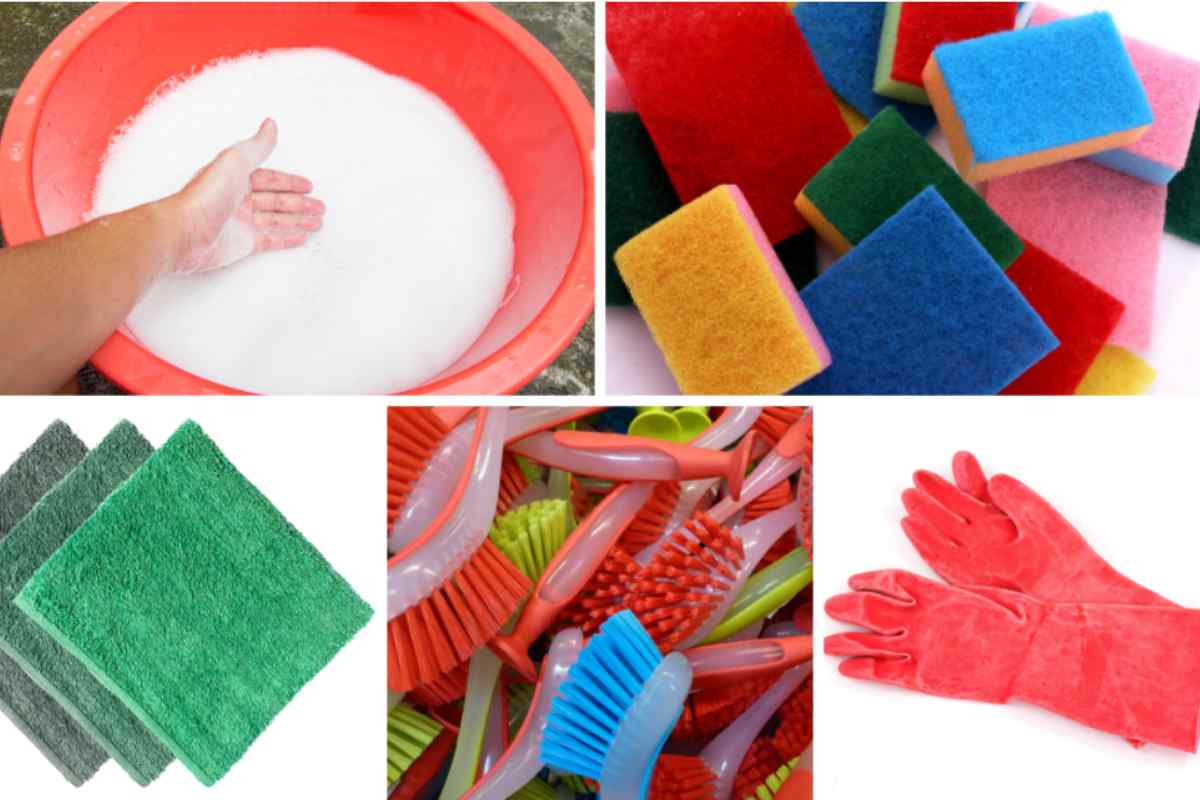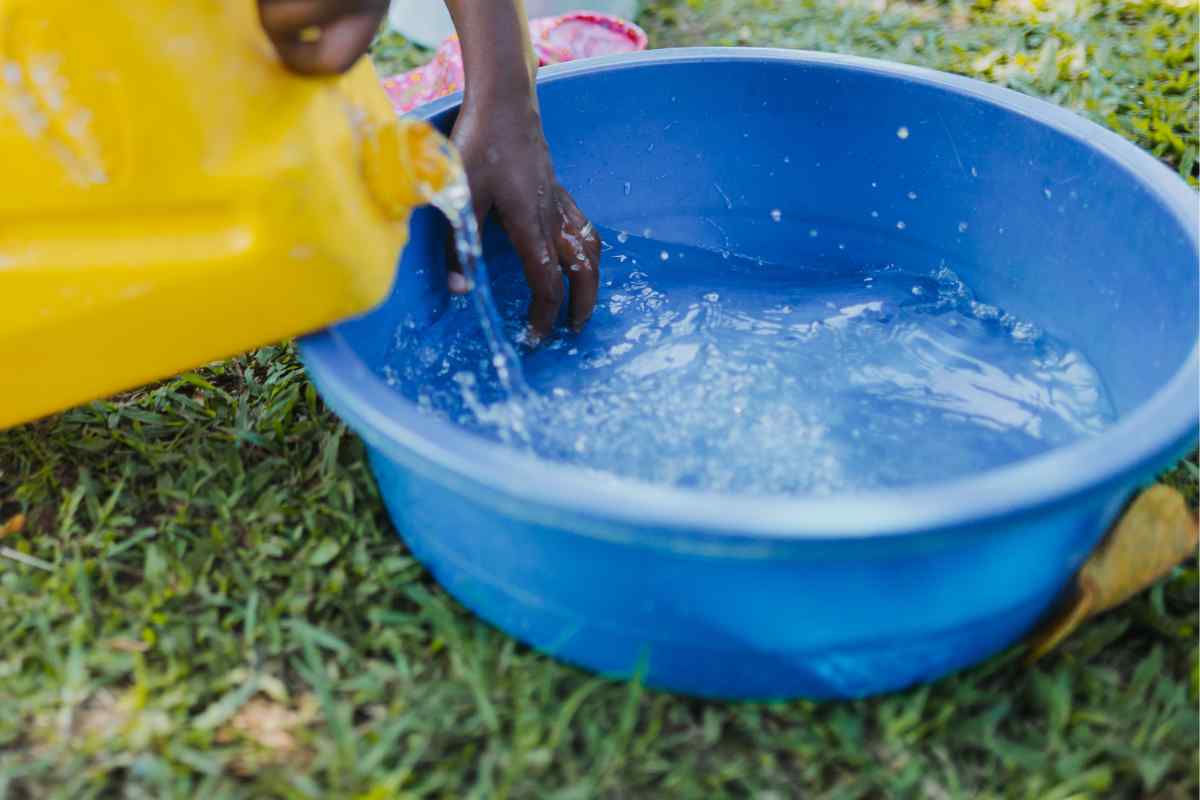
What are the learning goals?
Washing plant pots with your kids is also a really fun activity because it is one of those jobs that grown ups find boring, but children disagree! There is water, foam, tools to play with, mud and dirt, what's not to enjoy! So you can sneak in some fun learning:
Risk assessment notes
If you are in an education setting you will probably want to use gloves for some children. It is not essential, but some children have issues with soaps and vinegars on their skin with prolonged contact.
There are sensory benefits to having bare hands in water to play. But there are very small risks with cleaning soil products. So use your judgment, consider it in your risk assessment and if needed, ask permission from parents.
Children should not wash pots which have been in recent contact with manure products.
Children should be encouraged to keep their hands away from their face. Instead they can use sleeves or provided paper towels to wipe splashes from their face, and they should wash their hands well afterwards.
Equipment needed
Large washing up bowl (if you have one that you can keep for dirty garden jobs, that is great, if not then a clean bucket will work).
Dish brushes or old toothbrushes to get into corners and ridges.
Sponges, dish cloths or old rags. If you have large sponges, you can cut them into different shapes so that children can talk about the colours and shapes of the sponges. You can ask them to identify shapes.
Towels for wet hands and inevitable spills.
Old towels for putting the cleaned pots onto to dry (if it is a warm day outside you can just dry them on a patio or yard).
If you have to work indoors, you could put down a couple of large towels or a small tarpauline if you have one. Just something to stop children walking wet footprints across a floor and making it slippy.
Watering can to carry water if your bowl is big.
Washing up liquid (if you have an organic one, great but not essential)
Optional - bit smelly but works wonders - some ordinary vinegar

Filling and refilling the water safely
We recommend you work outside on a paved area, or if it is too cold, work on a hard floor with a big towel on the floor.
If you are working with only one or two children and a normal sized bowl, you can fill the bowl up with warm water and bring it to the place you are working.
If you are using a very large bowl with several children, it will be too heavy to carry. You should fill up watering cans with warm water - from a mixer tap, or mix some kettle water with cold water. If you use the kettle, always put the cold water in first and add the kettle water second. That way if you were to be distracted away, an enthusiastic child cannot take the watering can and pour boiling water anywhere unsafe.
Carry the cans over to the bowl and let children pour the water in.

Add cleaning fluids
Add some washing up liquid to the water and let children swirl and splash their hands around to foam the water up.
If you are going to use the vinegar, get the children to smell it and talk about it before pouring some in.
Explain that vinegar has been used for thousands of years to stop bad bugs from growing and that is why vinegar pickles can be kept for so long. Using the vinegar will help to sterilise your pots a little.
Now get the children washing up!
Here is a great little video by Bob Linde which you can show children if they want to see what they will be doing:
Additional ways that children can learn:
As well as having a lot of fun, here are the things you can explore while doing this activity:
